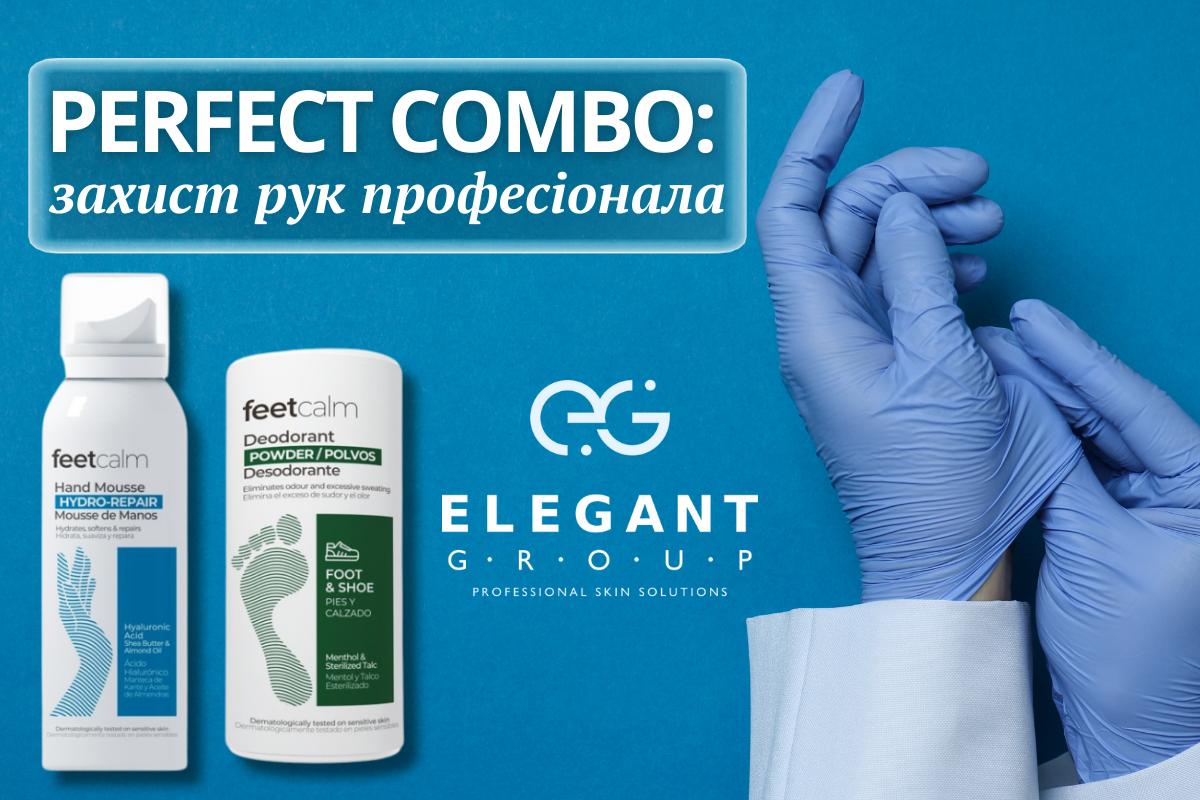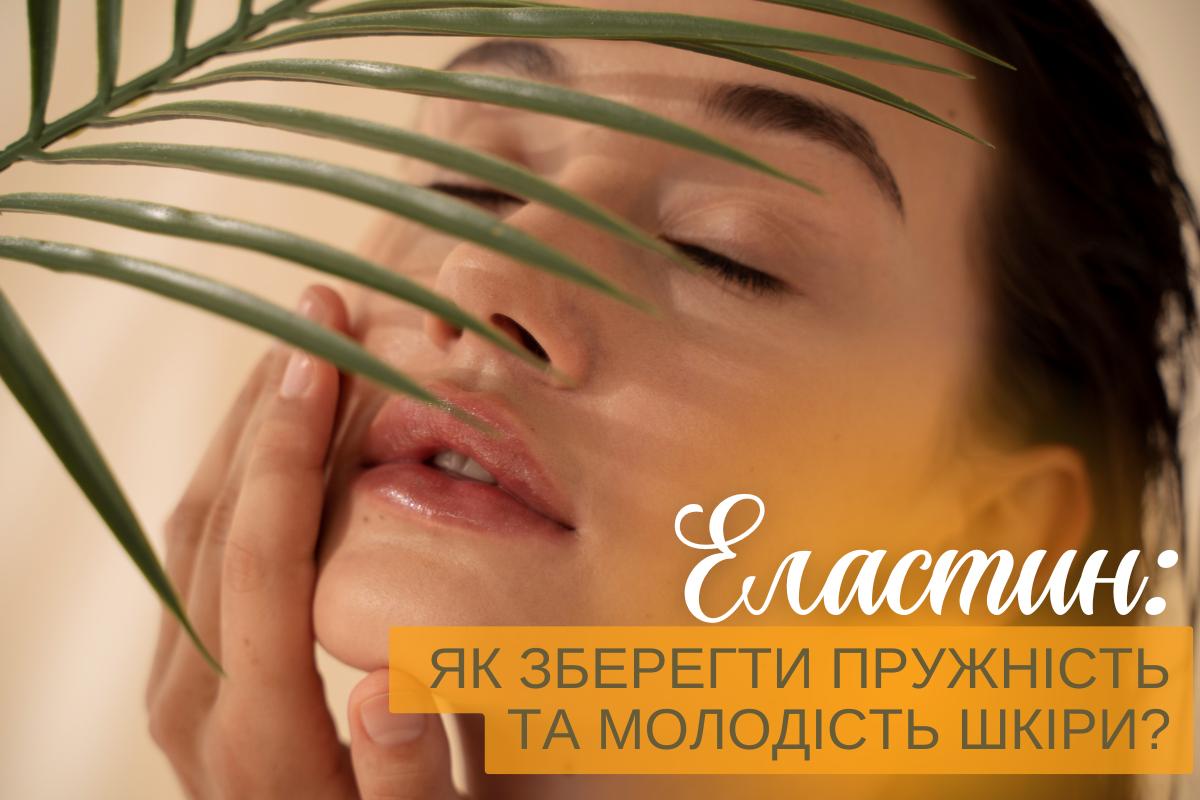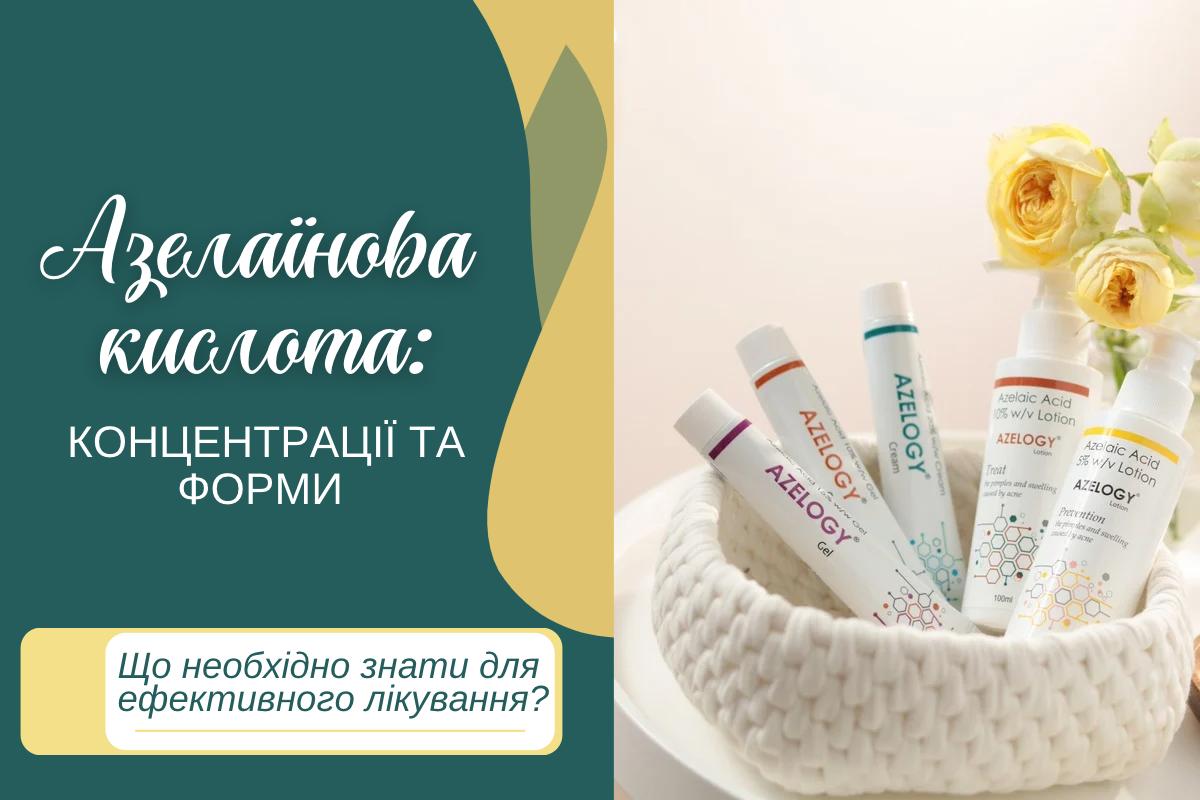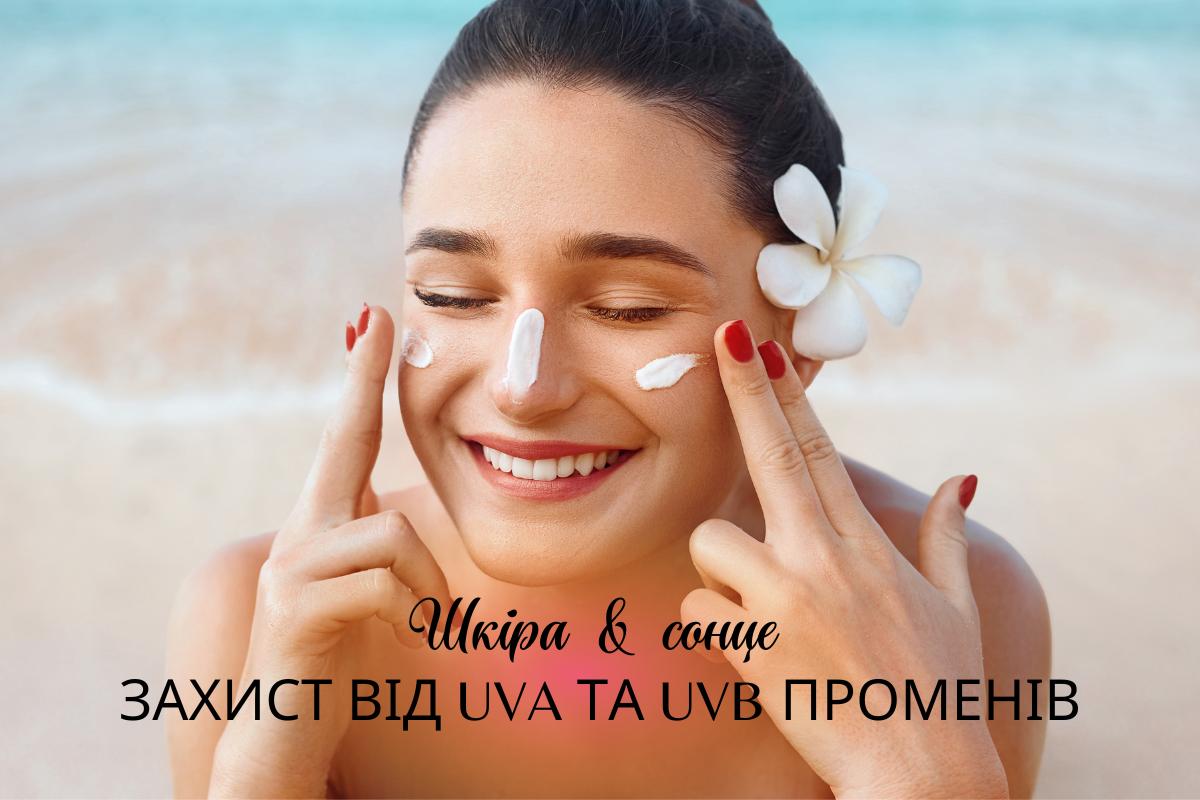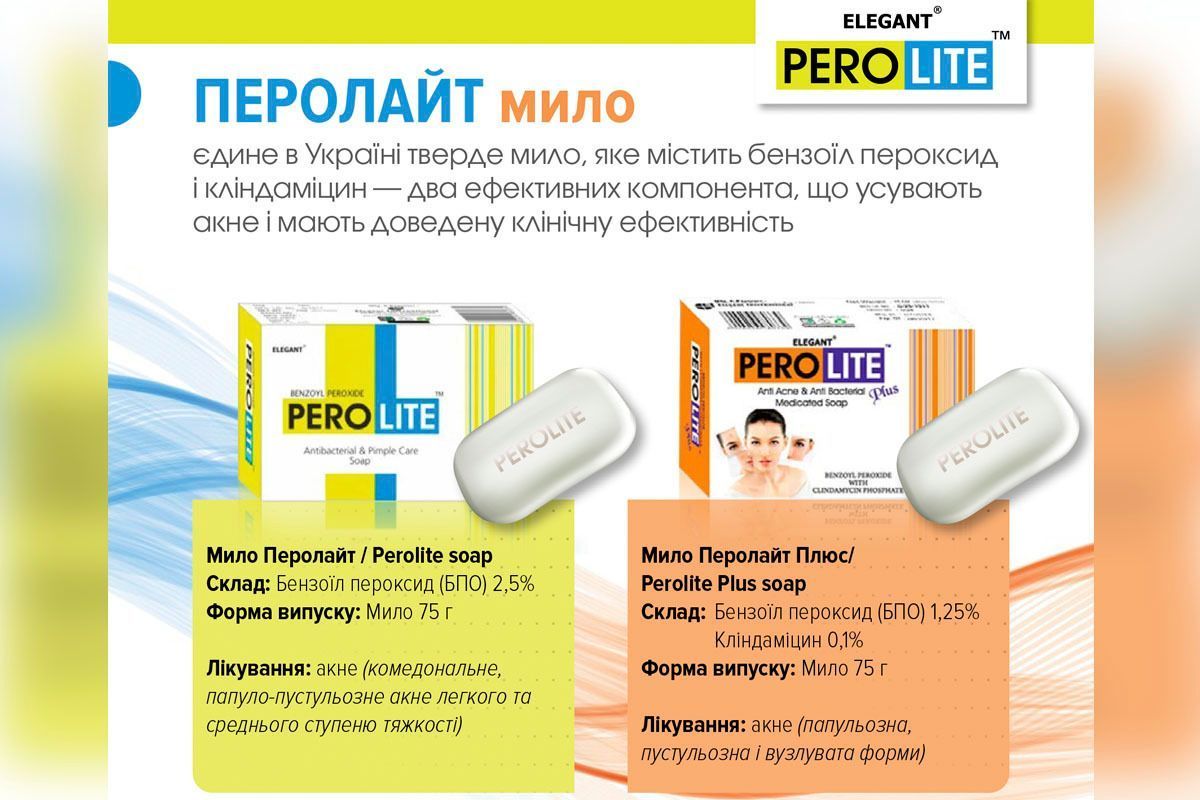
Acne is an extremely common problem. It affects not only 85% of adolescents, but also adults [1]. Fortunately, new therapeutic methods developed in recent years allow for successful treatment of acne [2].
Acne treatment can include topical, systemic, or combination therapy. According to new data, topical medications for papulopustular acne are no less effective than systemic medications, but are associated with fewer adverse reactions [3].
That is why in this article we will look at the main topical agents with high and medium levels of evidence recommended by the European Dermatology Forum (EDF): benzoyl peroxide (BOP), retinoids, and antibiotics.
Benzoyl peroxide (benzoyl peroxide, BOP)
This substance has been used for many years in the treatment of acne with proven efficacy and is available in various forms (soaps, lotions, creams, gels) and concentrations (2.5-10%). [4,6] The drug has anti-inflammatory, keratolytic, and comedolytic activity.
Side effects
The main side effects of benzoyl peroxide are skin irritation or dryness, which occur at higher concentrations. [7] This substance can cause irritant dermatitis with symptoms of burning, erythema, peeling, and dryness. [8] Therefore, the use of benzoyl peroxide is recommended in complex preparations (for example, in combination with an antibiotic), which allows for a reduction in its dosage while maintaining the therapeutic effect.
It should also be noted that the stability and efficacy of BPO largely depends on the base substance in the product used. Thus, gels and creams are more stable, while water-based products have a higher safety profile, are less irritating and demonstrate high efficacy [9,10]. To achieve stability and higher efficacy, benzoyl peroxide is used, in particular, in the form of solid soap: the soap base ensures the stability of the substance, and the consumer ultimately uses it in the form of an aqueous solution.
Topical retinoids
There is currently a consensus that topical retinoids should be used as maintenance and first-line therapy for mild to moderate inflammatory acne.
The efficacy of retinoids is well documented. Retinoids eliminate abnormal follicular epithelial hyperproliferation, reduce follicular plugging, and reduce microcomedones [11–13]. Tretinoin, adapalene, tazarotene, isotretinoin, metroretinoid, retinaldehyde, and β-retinoyl glucuronide are currently available as topical retinoids [14]. The most studied topical retinoids for the treatment of acne worldwide are tretinoin and adapalene [15]. There is no consensus on the comparative efficacy of currently available topical retinoids. However, adapalene was generally better tolerated than all other retinoids to which it was compared. [16,17]
Side effects
Side effects include primary irritant dermatitis, which can present as erythema and vary depending on skin type, sensitivity, and composition of the product.
Topical antibiotics
Topical antibiotics, such as erythromycin and clindamycin, are the most popular agents in the treatment of acne and are available in various formulations and strengths [18]. They are effective against inflamed acne when applied topically at concentrations of 1–4% [19–21].
It should be noted that the widespread use of topical and oral antibiotics has led to a rapid increase in the number of resistant strains. A review of 50 controlled studies (T. Simonart and M. Dramaix), conducted over a 30-year period, showed that the effectiveness of erythromycin against Propionibacterium acnes has decreased over the years of use, while the effectiveness of clindamycin has remained unchanged. At the same time, resistance of Propionibacterium acnes to both antibiotics continues to increase [22].
Side effects
The most important side effect of topical antibiotics is the development of cross-resistance, so antibiotics should not be used as monotherapy. Mild erythema, scaling, itching, dryness, and burning may also occur [23].
Combination therapy
In the European guidelines [6], the combination of BPO and clindamycin is included in the first-line therapy of papulopustular acne and is classified as a recommendation with a high level of evidence. The combination of clindamycin with BPO demonstrates high efficacy combined with a high safety profile, which is confirmed by a number of studies [3,24-27]. The use of these substances in combination has allowed to increase their effectiveness and reduce the risk of side effects due to the reduction of the content of each substance in the composition (in monotherapy, BPO is prescribed in a dosage of 5%, and in combination with clindamycin - 2.5%) [10].
The European guidelines also note that the combination of topical retinoid and topical antimicrobial agents is more effective in reducing both inflammatory and non-inflammatory acne lesions than monotherapy with either agent. [28]
Conclusion
Topical therapy is the best and most effective treatment for moderate acne. Studies show a high degree of efficacy of clindamycin in the treatment of both comedonal acne and papulopustular acne. The combination of BPO + clindamycin is currently the first-line therapy for mild/moderate papulopustular acne and comedonal acne.
In Ukraine, there is a combined product containing the recommended combination of benzoyl peroxide and clindamycin - PEROLIGHT and PEROLIGHT PLUS soap. This is the only solid soap with clindamycin and benzoyl peroxide in Ukraine.
What are the advantages of PEROLIGHT and PEROLIGHT PLUS solid soap :
- Clinically proven optimal ratio of clindamycin 1% and benzoyl peroxide 2.5% reduces the appearance of dry skin
- The combination of benzoyl peroxide with clindamycin is the preferred treatment for acne according to European protocols.
- Antibacterial effect on all strains of Propionibacterium acnes
- 4-in-1 action opens pores, kills bacteria, reduces inflammation, accelerates exfoliation
- 75 g of solid soap lasts longer than 15 and 30 g of gel, which significantly reduces the cost of treatment for patients.
Prof. T.V. Protsenko, dermatovenereologist, Doctor of Medical Sciences
List of references
- Kraning KK, Odland GF. Prevalence, morbidity and cost of dermatological diseases. J Invest Dermatol 1979; 73 (Suppl.): 395–40
- Leyden JJ. New understanding of the pathogenesis of acne. J Am Acad Dermatol. 1995; 32 :515–25. [ PubMed ]
- Nast A, Dréno B, Bettoli V et al. European Evidence-based (S3) Guidelines for the Treatment of Acnes. J Eur Acad Dermatol Venereol 2012; 26 (Suppl. 1): 1–29; doi: 10.1111/j.1468–3082011.04374.
- Plewig G, Kligman AM. Acne and Rosacea. 3rd ed. New York: Springer-Verlag; 2000
- Packman AM, Brown RH, Dunlap FE, Kraus SJ, Webster GF. Treatment of acne vulgaris: Combination of 3% erythromycin and 5% benzoyl peroxide in a gel compared to clindamycin phosphate lotion. Int J Dermatol . 1996; 35 :209–11. [ PubMed ]
- Bojor RA, Cunliffe WJ, Holland KT. The short-term treatment of acne vulgaris with benzoyl peroxide: Effects on the surface and follicular cutaneous microflora. Br J Dermatol . 1995; 132 :204–8. [ PubMed ]
- Eady EA, Cove JH, Joanes DN, Cunliffe WJ. Topical antibiotics for the treatment of acne vulgaris: A critical evaluation of the literature on their clinical benefit and comparative efficacy. J Dermatol Treat . 1990; 1 :215–26.
- Mills OH, Jr, Kligman AM, Pochi P, Comite H. Comparing 2.5%, 5% and 10% benzoyl peroxide on inflammatory acne vulgaris. Int J Dermatol. 1986; 25 :664–7. [ PubMed ]
- Yang DJ, Quan LT, Hsu S. Topical antibacterial agents. In: Wolverton SE, editor. comprehensive dermatologic drug therapy. 2nd ed. Philadelphia: Saunders Elsevier; 2007. pp. 525–46.
- Fyrand O, Jakobsen HB. Water-based versus alcohol-based benzoyl peroxide preparations in the treatment of acne vulgaris. Dermatologica . 1986; 172 :263–7. [ PubMed ]
- Krishnan G. Comparison of two concentrations of tretinoin solution in the topical treatment of acne vulgaris. Practitioner. 1976;216:106–9. [ PubMed ]
- Shalita A, Weiss JS, Chalker DK, Ellis CN, Greenspan A, Katz HI, et al. A comparison of the efficacy and safety of adapalene gel 0.1% and tretinoin gel 0.025% in the treatment of acne vulgaris: A multicentric trial. J Am Acad Dermatol. 1996; 34 :482–5. [ PubMed ]
- Leyden JJ, Shalita A, Thiboutot D, Washenik K, Webster G. Topical tretinoin in inflammatory acne: A retrospective, investigator-blinded, vehicle-controlled, photographic assessment. Clin Ther. 2005; 27 :216–24. [ PubMed ]
- Krautheim A, Gollnick H. Acne; topical treatment. Clin Dermatol . 2004; 22 :398–407. [ PubMed ]
- Jain S. Topical tretinoin or adapalene in acne vulgaris: An overview. J Dermatol Treat . 2004; 15 :200–7. [ PubMed ]
- Shalita A, Weiss JS, Chalker DK, Ellis CN, Greenspan A, Katz HI, et al. A comparison of the efficacy and safety of adapalene 0.1% and tretinoin gel 0.025% in the treatment of acne vulgaris: A multicentric trial. J Am Acad Dermatol. 1996; 34 :482–5. [ PubMed ]
- Percy SH. Safety and efficacy of adapalene gel 0.1% in acne vulgaris: Results of a post-marketing surveillance study. Indian J Dermatol Venereol Leprol. 2003; 69 :277–80. [ PubMed ]
- Johnson BA, Nunley JR. Topical therapy for acne vulgaris. How do you choose the best drug for each patient? Postgrad Med. 2000; 107 :73. [ PubMed ]
- Dobson RL, Belknap BS. Topical erythromycin solution in acne. Results of multicentric trial. J Am Acad Dermatol. 1980; 3 :478–82. [ PubMed ]
- Shalita AR, Smith EB, Bauer E. topical erythromycin vs clindamycin therapy for acne—A multicenter, double blind comparison. Arch Dermatol. 1984; 120 :351–5. [ PubMed ]
- Kurokawa I, Nishijima S, Kawabata S. Antimicrobial susceptibility of Propionibacterium acne isolated from acne vulgaris. Eur J Dermatol. 1999; 9 :25–8. [ PubMed ]
- Simonart T, Dramaix M. Treatment of acne with topical antibiotics: lessons from clinical studies. Br J Dermatol 2005; 153 (2): 395–403.
- Parry MF, Rha CK. Pseudomembranous colitis caused by topical clindamycin phosphate. Arch Dermatol. 1986; 122 :583–4. [ PubMed ]
- Lyon RE. Comparative effectiveness of benzoyl peroxide and tretinoin in acne vulgaris. Int J Dermatol. 1978; 17 :246–51. [ PubMed ]
- Chu A, Huber FJ, Plott RT. The comparative efficacy of benzoyl peroxide 5%/ erythromycin 3% gel and erythromycin 4%/ zinc 1.2% solution in the treatment of acne vulgaris. Br J Deramtol. 1997; 136 :235–8. [ PubMed ]
- Leyden JJ, Berger RS, Dunlap FE, Ellis CN, Connolly MA, Levy SF. Comparison of the efficacy and safety of a combination topical gel formulation of benzoyl peroxide and clindamycin with benzoyl peroxide, clindamycin and vehicle gel in the treatment of acne vulgaris. Am J Clin Dermatol. 2001; 2 :33–9. [ PubMed ]
- DelRosso JQ. Combination topical therapy in the treatment of acne. Cutis . 2006; 78 :5–12. [ PubMed ]
- Zouboulis CC, Derumeaux L, Decroix J, Maciejewska-Udziela B, Cambazard F, Stuhlert A. A multicentric, single-blind, randomized comparison of fixed clindamycin phosphate/tretinoin gel formulation (Velac) applied once daily and a clindamycin lotion formulation (Dalacin T) applied twice daily in the treatment of acne vulgaris. Br J Dermatol. 2000; 143 :498–505. [ PubMed ]


